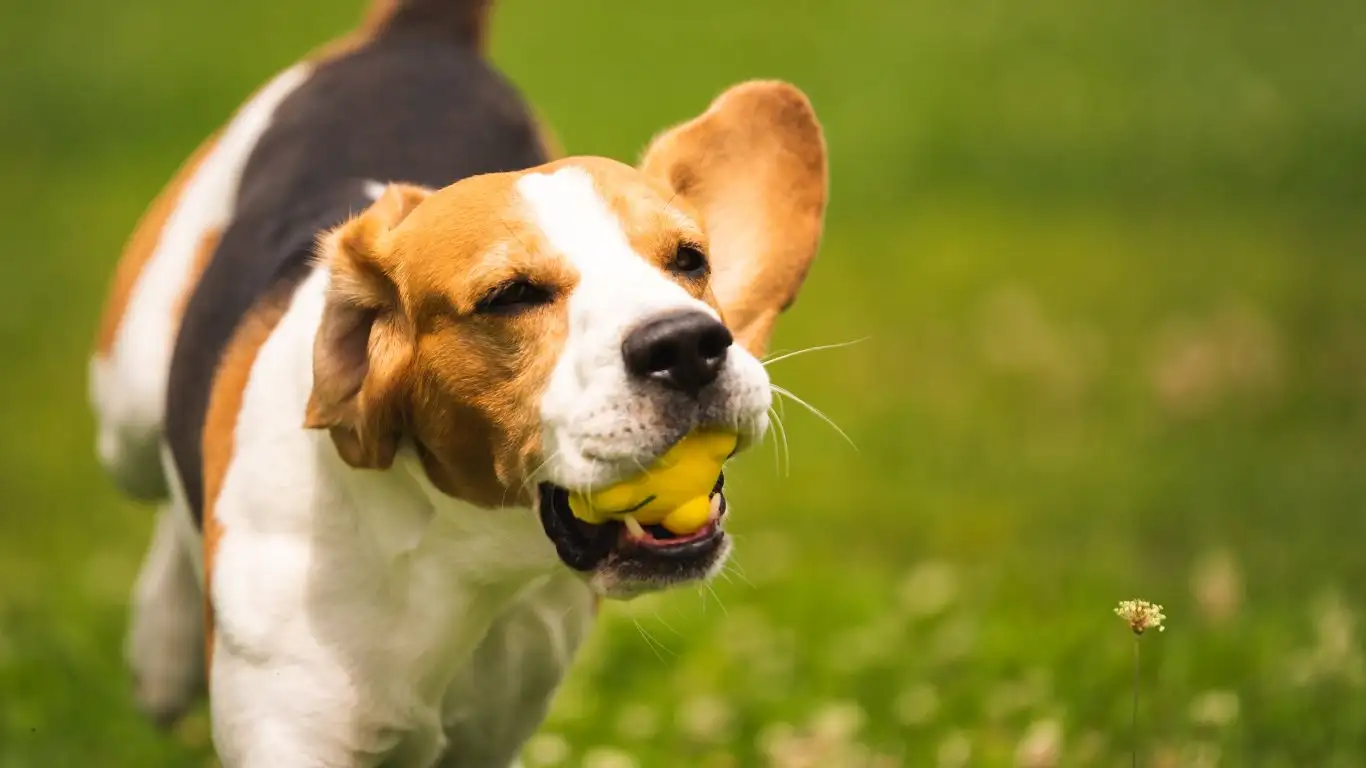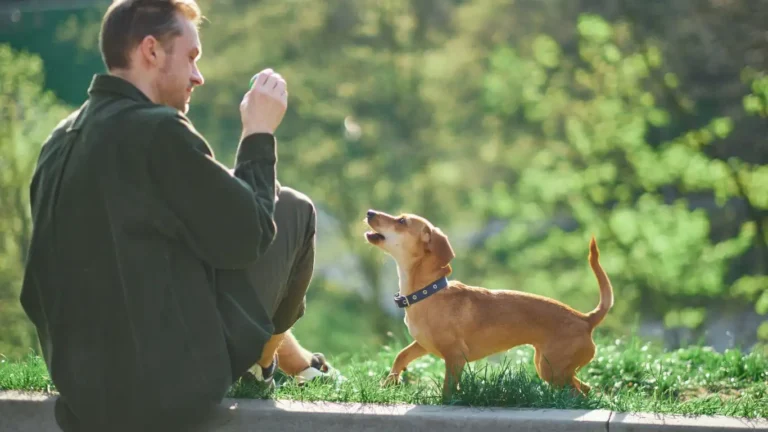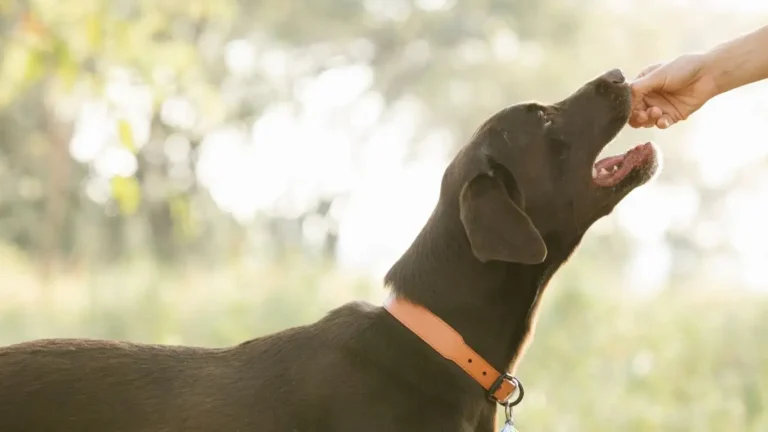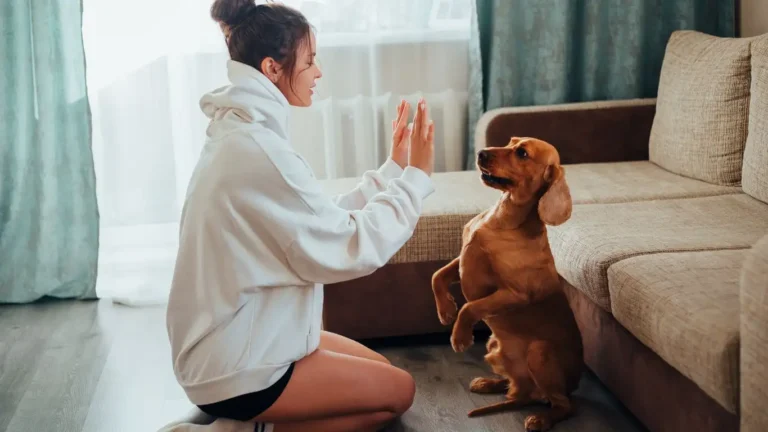Master the Art of Training Your Dog to Stay Relaxed When Handled
When it comes to training a dog, one of the most important skills you can teach them is how to stay relaxed during handling. Whether it’s at the vet, during grooming, or simply when you need to give them a bath or trim their nails, the ability to stay calm and composed is essential for both the dog’s well-being and your peace of mind. In my years of experience as a Canine-Assisted Therapy Trainer, I’ve witnessed firsthand how important it is to build trust and ensure that your dog feels comfortable during these routine activities. In this article, we’ll explore effective strategies for training a dog to be relaxed when handled, with step-by-step tips and insights into how to make the process as stress-free as possible for both you and your furry companion.
Understanding Your Dog’s Comfort Zone
Before diving into training techniques, it’s crucial to understand that every dog is different. Some dogs may be naturally more anxious or sensitive to touch, while others are more comfortable with it. As a dog owner or trainer, it’s your job to gauge your dog’s comfort level and proceed accordingly. Over the years, I’ve seen how building a solid foundation of trust with a dog can make a huge difference in their reaction to being handled. If a dog feels safe with you, they are far more likely to remain relaxed when touched in various ways.
Why Do Dogs React to Handling?
Dogs may react to handling in different ways due to various reasons. Some may be afraid of unfamiliar situations, while others might not have been desensitized to certain touches. It’s also possible that a dog has had negative experiences with handling in the past, which could lead to fearful or defensive behavior. Understanding the cause of your dog’s anxiety is the first step toward correcting it. From my own experience, I’ve found that many dogs simply haven’t had enough positive exposure to being handled in a gentle, calm manner. With time and patience, you can teach your dog that touch is a positive experience.
Building a Positive Foundation: Desensitizing Your Dog
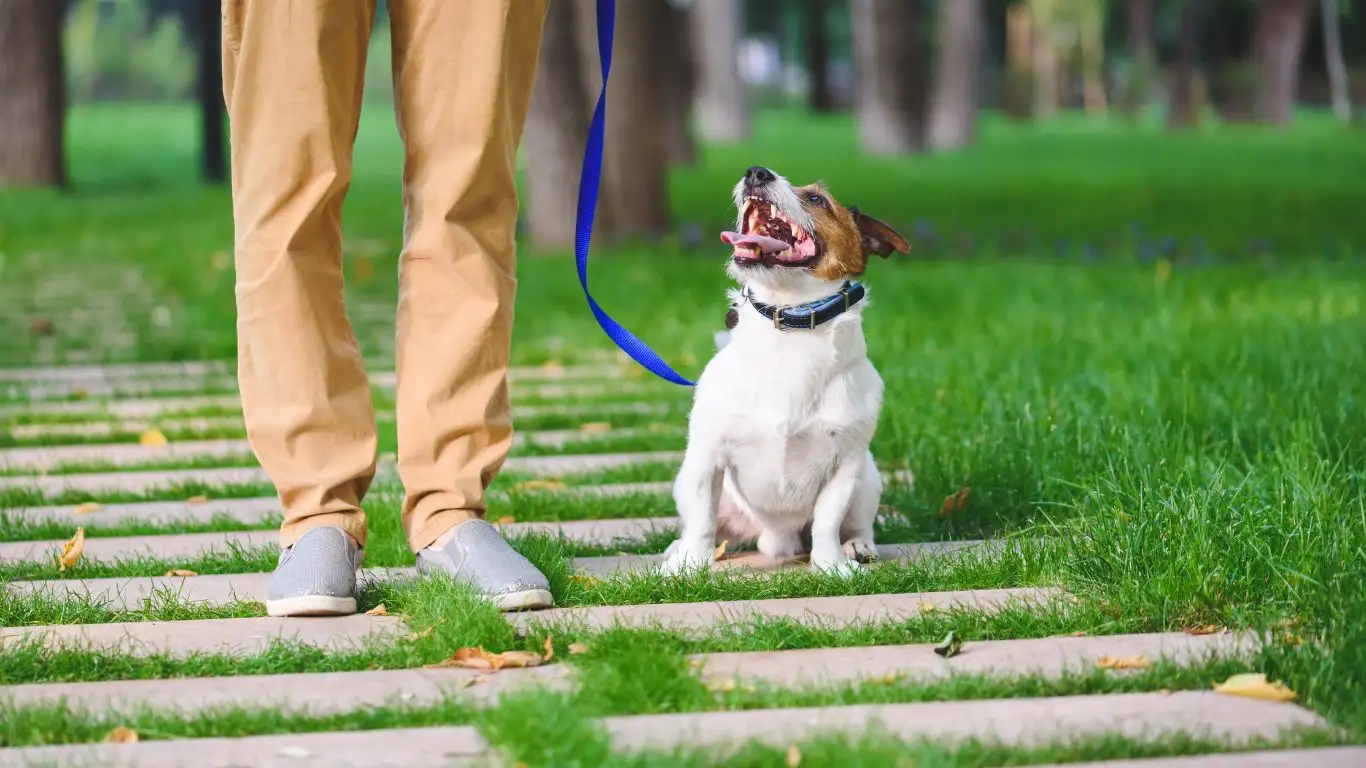
One of the most effective ways to teach a dog to be relaxed when handled is through desensitization. This involves gradually introducing your dog to the sensations and situations they may feel anxious about, but in a controlled and positive way. Desensitization isn’t about rushing the process—it’s about taking baby steps, ensuring that your dog is comfortable every step of the way.
Start Slow and Steady
Start by gently handling your dog in a way that’s less likely to trigger a fearful reaction. For instance, try touching their paws briefly and then rewarding them with a treat or praise. Over time, as they become more accustomed to this, you can gradually increase the duration and intensity of handling. In my experience, starting with less intrusive areas of the body, such as the shoulders or the back, tends to work well. Once they are comfortable with those, you can work up to more sensitive areas, like their ears or tail.
Use Positive Reinforcement
Positive reinforcement is key in desensitizing your dog to handling. Whenever your dog remains calm during a handling session, be sure to reward them with a high-value treat, a toy, or verbal praise. This will help them associate the experience with something positive and encourage them to stay relaxed in the future. In fact, I’ve found that the more consistent you are with rewarding calm behavior, the faster your dog will learn to enjoy or at least tolerate being handled.
The Importance of Timing

When it comes to training a dog to be relaxed when handled, timing is everything. You want to reward your dog immediately after they exhibit calm behavior, so they can connect the reward with the action. If you wait too long to offer the reward, your dog might not make the connection. This timing can make all the difference between a dog who remains anxious and a dog who learns to associate handling with positive experiences.
Be Consistent
As with any type of dog training, consistency is crucial. Make sure that every handling session is followed by a reward for calm behavior. Over time, your dog will begin to recognize that being touched or handled in certain ways is not something to fear. I’ve worked with numerous dogs that initially struggled with grooming or veterinary visits, and through consistent, positive training, these dogs became much more relaxed during such situations.
Understanding Body Language and Stress Signals
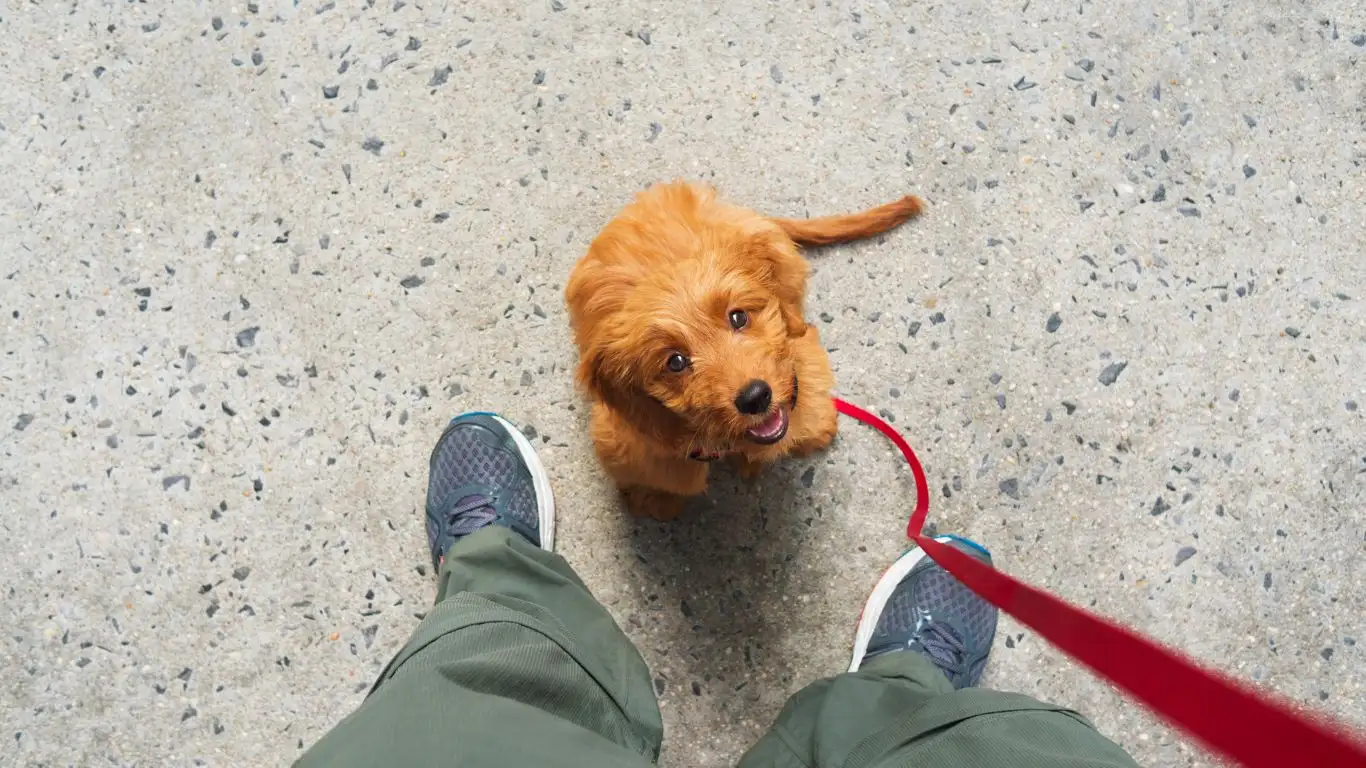
As you begin to train your dog to be more relaxed during handling, it’s also important to pay attention to their body language. Dogs communicate through their body language, and they will often show subtle signs of stress or discomfort before they fully react. These signs can include things like:
- Whining or whimpering
- Tightening of their body posture
- Yawning or licking their lips
- Trying to move away or escape the situation
Being able to read your dog’s signals is essential, as it allows you to adjust your approach before your dog becomes overwhelmed. I always tell pet owners to look for these cues early on in training and to slow down the process if needed. If your dog shows signs of stress, it’s a good idea to pause the session and give them a break. This shows your dog that you’re paying attention to their comfort level and that you’re not going to push them past their limits.
Watch for Calming Signals
On the flip side, it’s equally important to look for signs of relaxation, such as:
- Relaxed body posture
- Gentle wagging of the tail (not stiff or rapid)
- Soft eyes and ears
- Heavy, relaxed breathing
When your dog exhibits these calming signals, it’s a good time to reward them, as this indicates they’re starting to feel more at ease with the handling process.
Creating Positive Associations with Handling
Now that we’ve covered the basics of desensitizing your dog to handling, let’s dive into creating positive associations with the experience. One of the most effective ways to ensure your dog remains calm when being handled is to pair handling with things they love. This is all about making the experience more enjoyable for them so that they start to look forward to it, rather than dreading it. The best way to do this is through the power of positive reinforcement and consistent association of handling with rewards.
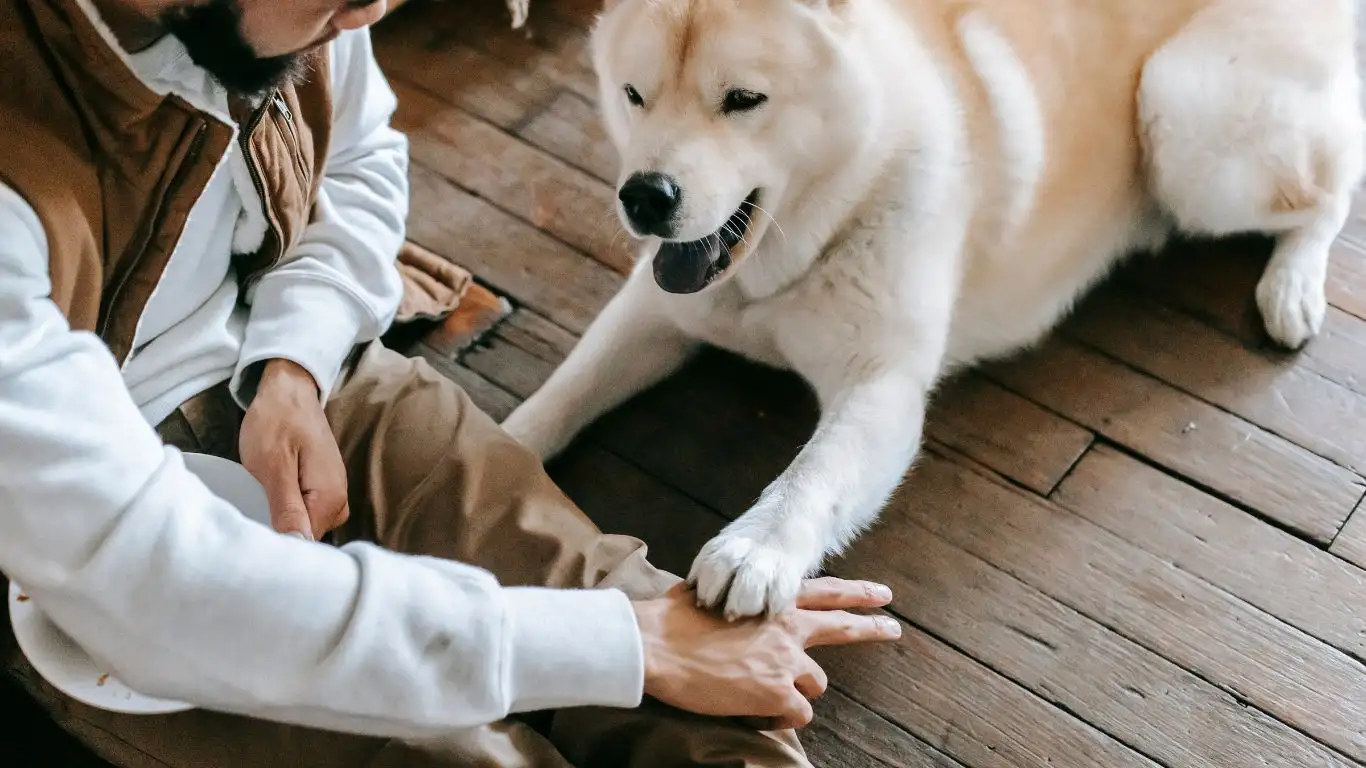
Start with High-Value Treats
When introducing your dog to handling, it’s important to use high-value treats to keep their attention and keep them motivated. These treats should be something special, something your dog loves, like small pieces of chicken or cheese. In my experience, the more delicious the treat, the better your chances of getting your dog to focus on the training and less on the potential discomfort of being handled. I recommend keeping these treats handy during training sessions, as they’ll be your best tool for encouraging calm behavior.
Here’s a simple example: When you touch your dog’s paws gently, reward them with a treat and praise. If they remain relaxed, continue to reward them after each brief touch. Over time, your dog will start associating paw touching with tasty rewards, making them more willing to accept the process. Once you’ve achieved success with one body part, you can gradually move on to other areas like their ears, tail, or even their teeth, always pairing the experience with positive reinforcement.
Incorporating Playtime for Motivation
Another effective way to help your dog relax during handling is by incorporating playtime into the process. Many dogs are motivated by fun and games, and you can use this to your advantage. For example, after a successful grooming session or nail trimming, you could follow up with a short play session or a game of fetch. This helps your dog associate handling with fun and rewards, and it gives them something to look forward to after they’ve been calm and cooperative.
One thing I’ve learned from working with therapy dogs is that when they’re able to anticipate something fun after a potentially stressful experience, they handle the situation much better. Playtime can act as both a physical and emotional reward, helping your dog feel more at ease with the idea of being touched, groomed, or examined.
Dealing with Fearful or Aggressive Reactions
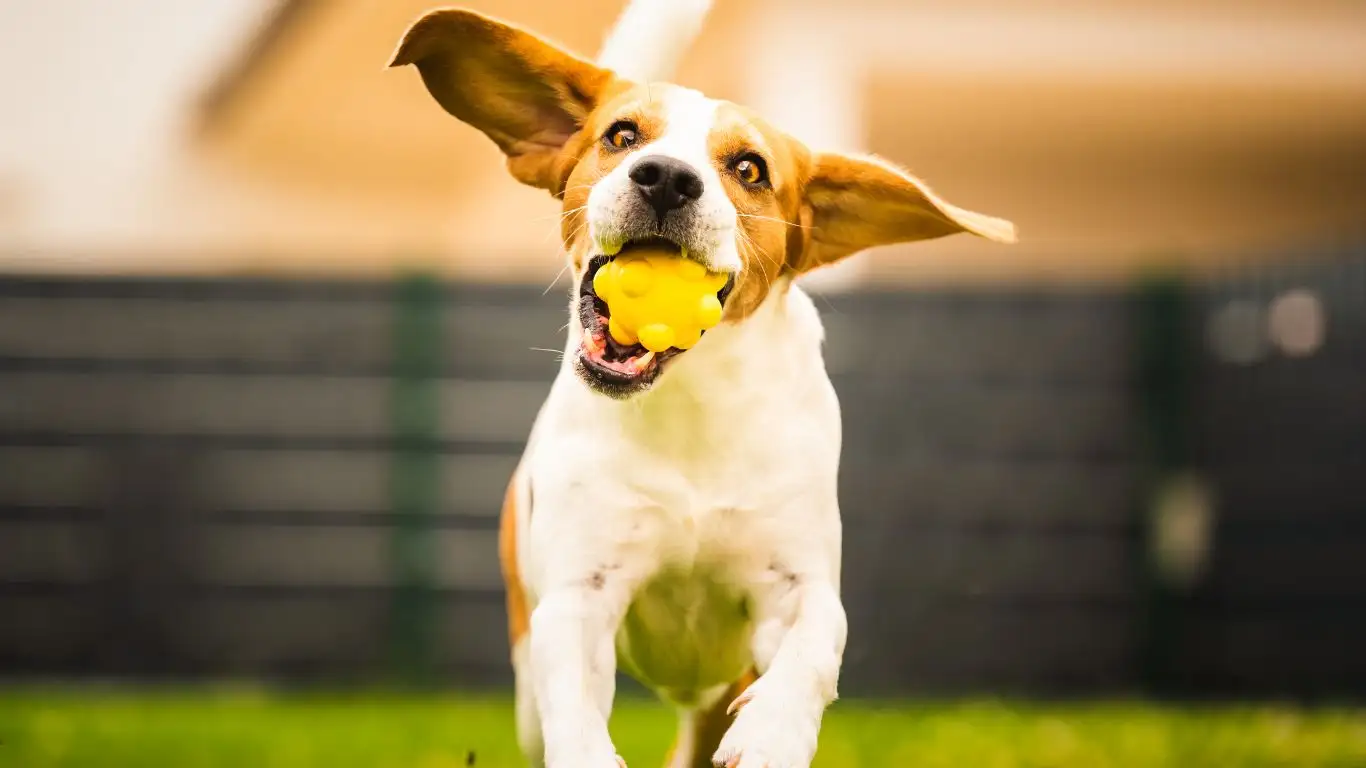
While most dogs will eventually learn to relax during handling with patience and training, some dogs may have deeper fears or aggressive tendencies that make it more difficult for them to accept touch. If you’re dealing with a fearful or aggressive dog, it’s important to take extra care and not rush the process. I’ve worked with a few dogs who were initially terrified of being touched, and through slow, controlled desensitization, we were able to help them progress over time.
Recognizing Aggressive or Fearful Behavior
It’s essential to recognize the signs that your dog may be too fearful or anxious to handle a particular situation. Common signs of fear or aggression include:
- Snapping or growling
- Tensing of the muscles, especially in the face or body
- Shying away or trying to escape
- Excessive licking or drooling
- Stiff body posture
If your dog exhibits any of these signs during training, it’s a signal that you need to slow down and reassess the situation. It may take longer for these dogs to feel comfortable with handling, and you may need to use different strategies to help them overcome their fears. Never force your dog to endure handling if they are clearly distressed—it’s better to pause and go back to a less challenging step.
Seeking Professional Help for Aggressive Dogs
If your dog shows consistent signs of aggression or fear that you cannot manage on your own, it might be a good idea to consult a professional dog trainer who specializes in behavioral issues. Aggression and fear are complex behaviors that often require expert intervention. Over the years, I’ve seen many dogs benefit from working with a skilled trainer who understands canine body language and how to desensitize dogs to stressful situations in a safe and structured way.
For dogs with extreme fear or aggression, working with a trainer might also involve the use of calming tools such as anxiety wraps, calming pheromone diffusers, or gentle training collars. These tools, when used properly, can provide added comfort and support as your dog learns to feel more secure during handling sessions.
How to Handle Situations in Public
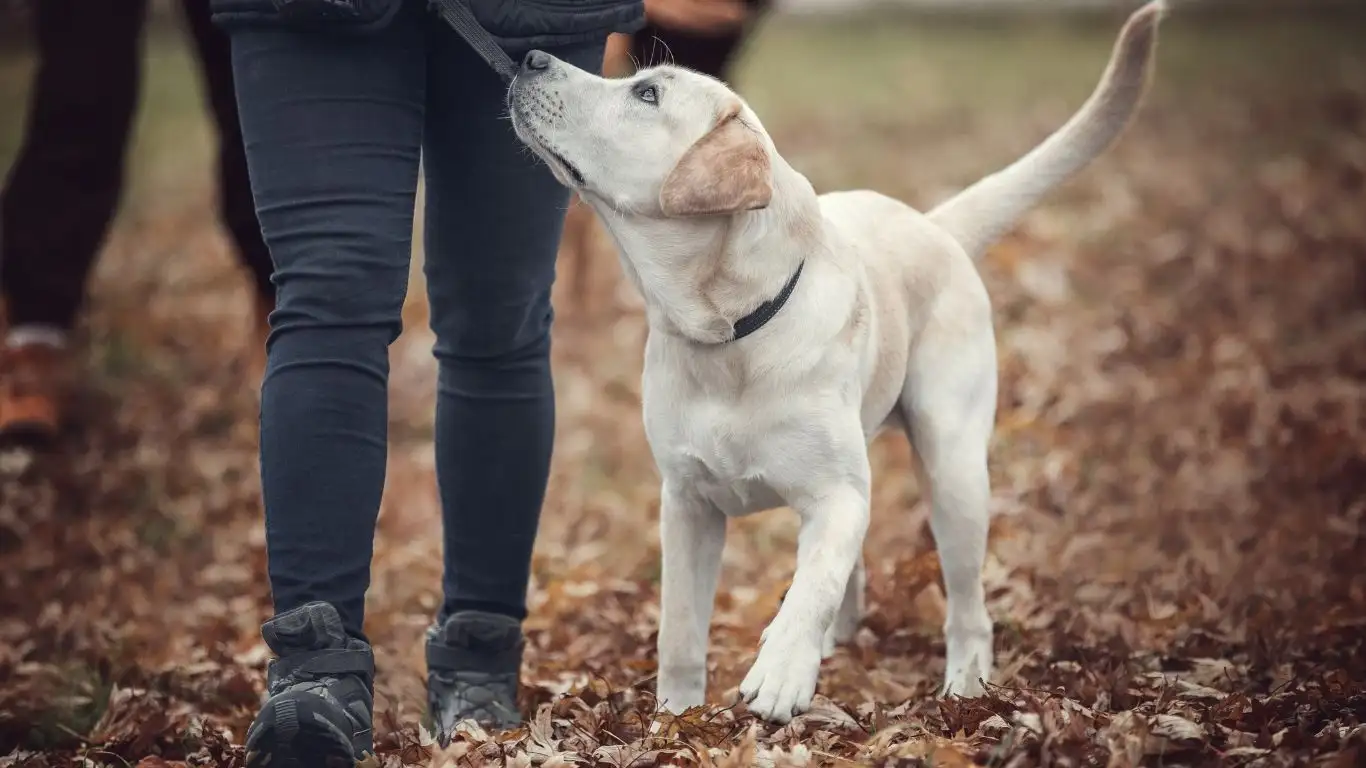
In addition to practicing handling at home, it’s important to expose your dog to handling in a variety of environments, particularly public places where they may need to be calm around strangers, vets, or groomers. Training your dog to be relaxed when handled in public is just as important as training them in the comfort of your home. It can help reduce their anxiety in unfamiliar settings and give them confidence when they need to be handled by others.
Practice at the Vet or Groomer
If your dog is especially nervous about being handled in public places, one approach I’ve found useful is to take them to the vet or groomer just for a visit, without any expectation of a procedure being performed. Let them walk around, sniff the environment, and interact with the staff in a calm and controlled way. This helps them become familiar with the sights, smells, and sounds of these places, and can reduce their anxiety when it’s time for an actual check-up or grooming session.
Many vets and groomers are familiar with handling anxious dogs and will be happy to work with you to desensitize your dog to the process. It can also be helpful to ask if they offer “happy visits” or “getting-to-know-you” sessions where you can bring your dog in just to hang out, with no invasive procedures taking place. By regularly visiting these places and reinforcing positive experiences, you’re helping your dog feel more comfortable with handling in the real world.
Maintaining Progress and Consistency Over Time
Training your dog to remain relaxed during handling is not something that happens overnight. It takes time, patience, and consistency. While the initial stages of training are crucial, maintaining your dog’s progress is just as important to ensure that they continue to stay calm when handled throughout their life. From my experience, the key to long-term success lies in keeping the training consistent and continuing to reinforce positive behavior even after your dog has learned the basics.

Consistency is Key
One of the most common mistakes dog owners make is to think that training ends once their dog has learned the basics. In reality, training is an ongoing process. Even once your dog seems to be relaxed during handling, it’s important to keep practicing on a regular basis. This helps reinforce the behavior and ensures that your dog doesn’t regress over time. Whether it’s a quick touch on the paws or a full grooming session, continue to reward calm behavior and make handling a routine part of your dog’s life.
For example, I always suggest pet owners schedule regular “handling sessions,” where they practice different forms of touch—such as brushing, touching paws, or cleaning ears—even if it’s just for a few minutes a day. This continued exposure keeps your dog comfortable and reminds them that handling doesn’t always lead to something unpleasant. The more often you practice, the more relaxed your dog will be, especially when unexpected situations arise.
Maintain Positive Associations
Even as your dog becomes more comfortable with handling, you’ll want to maintain those positive associations by continuing to use treats, praise, and playtime as rewards. It’s easy to get complacent once your dog is already relaxed, but the reality is that dogs, like people, need ongoing reinforcement to stay on track. In my experience, when you stop rewarding them after they’ve learned the behavior, the motivation to stay calm decreases. Keep the rewards fresh and exciting to encourage your dog to remain relaxed during future handling sessions.
Dealing with Setbacks and Challenges
Like any form of training, you may encounter setbacks along the way. A dog that has made great progress might suddenly become anxious again during handling. This can be frustrating, but it’s important to stay calm and remember that setbacks are a natural part of the learning process. I’ve worked with many dogs who, after months of successful handling, experienced a period of regression, often due to changes in their environment, routine, or stressors like a visit to the vet.

Identify the Cause of the Setback
When setbacks happen, the first step is to identify what caused the issue. Did something unexpected occur during a handling session, like a sudden loud noise? Did your dog experience a stressful event, such as a visit to the vet or a new person interacting with them? Understanding the root cause of the setback allows you to adjust your training plan and prevent future occurrences.
For instance, if your dog is stressed out by the vet, you might need to slow down the process and go back to desensitizing them to the environment again. Start by just visiting the vet without any procedures being performed, and gradually increase the level of interaction as your dog becomes more comfortable. Remember, it’s essential to approach setbacks with patience and a clear plan of action. Just because your dog has had a bad experience doesn’t mean all of your hard work has been undone. It’s just a temporary challenge that can be worked through.
Adjust Your Approach if Necessary
If your dog is struggling with handling despite your best efforts, don’t be afraid to adjust your training approach. Every dog is different, and sometimes a new technique is required to help them overcome their fears. If your dog doesn’t seem to be responding to treats, for example, consider using more tactile rewards, like a favorite toy or a favorite activity like a short walk. Some dogs respond better to certain forms of reinforcement, and it might take a little trial and error to figure out what motivates your dog the most.
If you find that your training efforts are still not working, it may be helpful to seek the guidance of a professional trainer who can provide specialized insight into overcoming these challenges. I’ve seen how a fresh perspective from a skilled trainer can make a world of difference, especially when it comes to dogs with more complex behavioral issues.
Creating a Stress-Free Environment for Your Dog
One of the most important aspects of ensuring that your dog stays relaxed when handled is the environment in which they’re being handled. Dogs, like humans, can become stressed by their surroundings. By creating a calm and controlled environment, you can make the experience of being handled much more comfortable for your dog.
Keep Handling Sessions Calm and Quiet
When it’s time to practice handling, make sure the environment is calm and free of distractions. If you’re trying to trim your dog’s nails, for example, don’t do it while there’s loud music playing or while your dog is hyperactive from a previous play session. Set up a quiet, well-lit space where your dog can focus on the task at hand. You can also use calming aids, such as a calming diffuser or soft background music, to help create a peaceful atmosphere.
In my experience, the calmer you are during the handling process, the calmer your dog will be. Dogs are incredibly intuitive and can pick up on your energy. If you’re feeling stressed or rushed, your dog will likely sense that and mirror your feelings. Take your time, speak gently, and remain patient. Dogs thrive on consistency and calmness, and when they feel safe and secure, they are far more likely to relax during handling sessions.
References
For more information on training techniques and dog behavior, check out the following trusted resources:
- PawPatron – Comprehensive guide on canine behavior and training tips.
- Google Health – Expert advice on the health and well-being of pets.
- American Kennel Club – Training tips and behavior resources for dog owners.
Disclaimer
While the information provided in this article is based on my personal experience as a Canine-Assisted Therapy Trainer, every dog is unique. It’s important to approach training with patience and consistency, and to consult a professional if your dog experiences significant anxiety, fear, or aggression. Results may vary depending on the individual dog, and seeking professional help is always recommended if you’re unsure about any aspect of your dog’s behavior.
